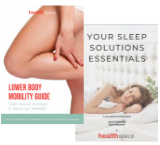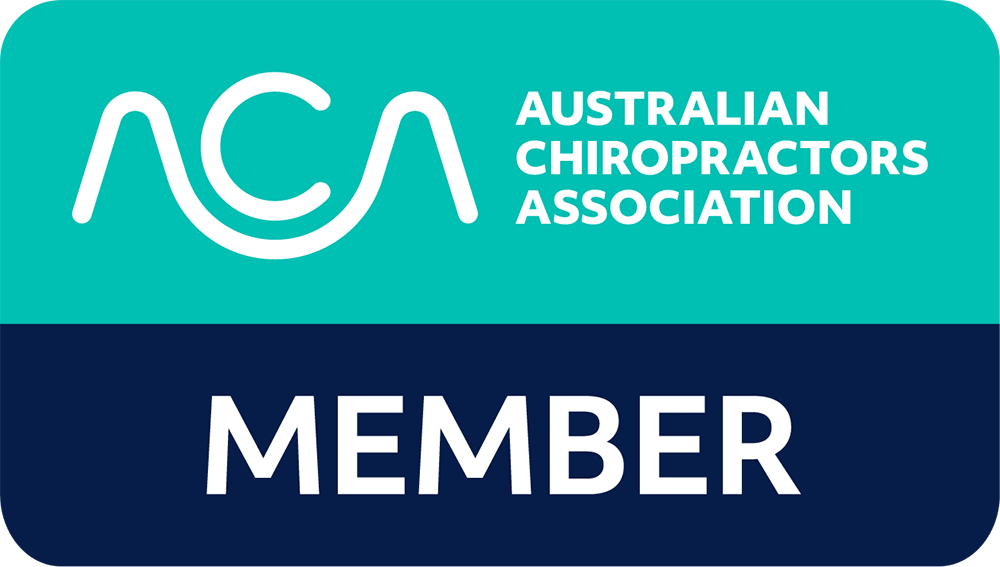
Happy November! This month is all about posture. Posture isn’t just about how you sit or stand up (or not). It’s also about the internal structures (think bones, ligaments, tendons, etc.) being in optimal alignment to allow for optimal function. Efficient posture and movement help you perform better and avoid pain and fatigue. It also offers better musculoskeletal support for internal organs. Healthy, aligned bones help you breathe with less effort, free your organs to function optimally and promote better circulation throughout your body.
Do you know what factors may affect your posture?
There is a myriad of factors that influence posture. These include body awareness, anatomical structure, type of exercise you do, genetic make-up, work environment, structural supports (braces/orthotics/taping), stress levels and self-esteem. All of these factors (and more!) may affect the way you carry yourself through the world. Depending on the severity of the issue, your poor posture may lead to health issues physically, biochemically, and emotionally!
So what can you do to achieve better posture?
- The first step is being aware of your posture. What postures/movements/ activities make you feel better or worse? Can you recognise what your postural issues are? How can you fix something if you don’t know it’s a problem? Unfortunately, pain is not always a good indicator of function in this case. Awareness needs to begin from birth or even in utero!
- The second step is to create new movement patterns and postures that will support your health and lifestyle. This includes functional activities at the gym and chiropractic adjustments to help create new movement patterns and facilitate nerve flow. Stretching will help lengthen short muscles and ligaments that restrict full range of motion, while massage will help release tight muscles and promote blood flow. Orthotic devices will increase functional movement and support dysfunctional areas (these devices include denneroll, rolled towel, postural braces, taping, etc.)
- Stabilise and strengthen your body through:
- Static exercises help to increase endurance and stamina of postural muscles.
- Balance exercises to stimulate the brain, nervous system, and improve functional posture.
- Functional exercises specific to your lifestyle to improve coordination and stability during your activities of daily living (these also reduce the risk of injury and falls).
Let’s talk about optimal posture in various positions.
Standing Posture:
Your body must have 3 curves in the optimal range when looking at the body from the side. The body should be as balanced and as symmetrical as possible from the front and back view.
Sitting Posture:
Sitting is not ideal for your posture, spine, or health. If you have a job where you sit a lot, it is important to set up your work environment as ergonomically as possible. However, even the most ergonomically sound work station won’t prevent injuries – movement is the key! It’s ideal to change postures at least every 20 minutes and taking deep breaths also helps to reset your posture.
Lying / Sleeping Posture:
You spend almost a third of your life sleeping so having a good mattress, pillow, and sleeping posture are crucial to your long term well-being. The three curves in the spine need to be supported when lying down. Lying on your side is optimal. If you are lying on your back then try putting a pillow under your knees. Lying on your stomach is detrimental to your spine, especially your neck which will directly affect your posture.
Dynamic Posture
There are set ways to lift properly, like bending your knees and keeping your back straight. Unfortunately, life isn’t that straight forward so you need to train your body to make sure you are strong and functional in all planes. The following will improve your posture, prevent injuries, and help you achieve your fitness goals:
- Having your muscles activated in the right patterns (e.g. glutes fire before hamstrings).
- Ensuring your feet are working (or supported with orthotics/taping/ properly fitted shoes).
- Having a strong activated core and pelvic floor.
Gym, Yoga and Pilates are all great ways to achieve this but some simple home exercises are also just as good.
Activating your pelvic Floor
Girls: Several analogies can work to help you engage your Pelvic Floor. One that works well is to imagine you are drawing up a piece of spaghetti.
Boys: Think nuts to guts. Yes, guys, you have a pelvic floor too! A male’s pelvic floor muscles support his bladder and bowel. The urine tube and the back passage all pass through the pelvic floor muscles.
Get familiar with your breathing
Breathe in through your nose with a deep diaphragmatic breath (where your ribs expand laterally). Your tummy will expand and your shoulders will relax. As you breathe out, the ribs will come in and the air will squeeze out. A great exercise is to lie on your back with one hand on your tummy and one on your chest. Breathe naturally and see what you feel. If you are breathing correctly, the hand on your tummy should expand up before your chest moves. There are many types of breathing patterns you can do to retrain your breathing to support function and decrease anxiety. Try breathing in for 4 seconds, wait one second, out 4 seconds, hold for 2 seconds. Box breathing involves inhaling, holding, exhaling, and holding for the same amount of time like a square (usually 4 seconds). Many Apps can help you with your breathing including the free Calm beat App.
As you know, at Health Space we have an integrated approach to your health. If you want help with your posture, please call or email our team and we will direct you to the best practitioner suited to your problem or goal.
Dr. Kate Wood is a Chiropractor, Kinesiologist and Doula at Health Space.

